This is a continuation of my tread discussing garden books that Ink has suggested I might enjoy reading. (Thank, Ink, for the book lists!) If you are not interested in the more ‘academic’ aspect of gardens/gardening, stop reading at this point…!
I have finished reading - and re-reading (!)- Greater Perfections The Practice of Garden Theory: by John Dixon Hunt. I was rather baffled by it after the first reading - it’s one of those books where the sense of it is heavily obscured by the dense academic prose! But you get the feeling that there is something there you should better understand… So I read it again, making notes of the statements that felt particularly significant. To a large extent, that still leaves me scratching my head because I get conflicting messages about what he says is trying to do vs. what was understandable to me as to the points he is making. So, I’ll review here what I gathered from reading the book, and Ink, you can tell me how far off-base I am and what it really all means!
I like the quote that generated the title of the book: When Ages grow to Civility and Elegancie, Men come to Build Stately, sooner than to Garden Finely: As if Gardening were the Greater Perfection. (Francis Bacon ‘Of Gardens’ 1625) The same quote was the source of the title for Frank Cabot’s book about his Les Quatre Vents garden, which I read just before the book by Hunt.
The term ‘garden theory’ in the title is the first mystery - clearly he’s not talking about design principles in the sense most commonly referred to in this forum and other usual garden/landscape design sources. Early on he says he’s using ‘theory’ in the sense of ‘theory as contemplation, the deep scrutiny and understanding of praxis from within’. And he also says ‘The paradox is that gardens are hugely important, as places and as an idea, to thousands of people; yet we know next to nothing about why and how that is so.’ So that led me to assume that what he intended to do from the extensive review of gardens from historical records, paintings, and writings was to extract a common essence, so to speak, that would answer - or contribute to answering - the questions of how and why gardens are hugely important to people. And I’m not at all sure that those questions are answered.
Interestingly, the opening paragraphs of the book includes the statements: ‘the millions who garden, on the one hand, and the members of the profession of landscape architects, on the other hand, are not likely to be interested or impressed by conceptual essays on the making of gardens…… Among gardeners, there is enough to learn and do around the private yard or community garden that little time is left for reading outside of how-to books… Among professionals, contrariwise, garden-making enjoys a fairly low profile and certainly low esteem…’ Having said effectively that nobody wants to read this stuff, he then goes on to say that landscape architects particularly need it because the profession has ‘fractured’ as it divides its energies among ‘a daunting variety of projects’. At the end of the book he says ‘My aim throughout….has been… to return to rescue the idea of the garden as the distinguishing feature of all fine landscape architecture irrespective of whether garden per se are what is actually established.’ And I’m not at all sure that he makes the case for that either - mostly because his writing style is ‘as clear as mud’ and he doesn’t seem to draw all the threads together sufficiently well to make his points clear. (He needed a MUCH tougher editor I think!)
He defines architecture as exterior place-making and that landscape comes into being as ‘the creative coupling of a perceiving subject and an object perceived’. He repeatedly through the book stresses the importance of mediation of the physical environment as a reflection of how an individual or society conceives of its environment - ‘Not simply a place made but a place that we register as having been made’. In that context, a garden then is a landscape’s most sophisticated, concentrated version. But concentrated does not mean just multiplying or adding things to a site; subtracting things can result in concentration by leaving the site carefully focused by removing extraneous and distracting elements.
Moving on to gardens more specifically, he starts by commenting on the fact that the root of the word for garden in many languages means enclosure of some sort, and that enclosure - whether a real physical enclosure or an implied one - seems to be a consistent element of gardens across cultures and times. The boundary seems to have importance both at separating the garden from the world and also internal boundaries and transitions within the garden - he later refers to ‘adventures of edges and transitions’.
Then he places garden in the landscape as ‘third nature’, with first nature being unmediated territory - ‘wilderness’; second nature being ‘cultural landscape: agriculture, urban developments, roads, bridges, ports, and other infrastructures’. Both second and third natures are nature that has been deliberately/purposefully altered by humans but the alterations in the third nature of the garden are more sophisticated, more deliberate, and more complex. From his review of historical gardens, he concludes the presence of the three natures that is more importance than the sequence of them - i.e. that it’s not necessary that they be arranged as 1,2,3 or 3,2,1 (depending on your view point) relative to the house. He feels’ Modern… writings… have generally neglected this view of gardens as part of a larger landscape’.
He sees the three natures concept as important in moving away from seeing nature as an ideal, standard or model, giving greater importance to topography of the site, and by recognizing the gradations in the mediation in the landscape urges a more subtle adjudication of landscape architecture than the habitual ‘formal’ vs. ‘informal’.
Closely related to all this is the comment ‘A ubiquitous feature of garden-making in all cultures has been the inclusion of references within the site to other places, events, and themes. I shall call this re-presentation.’ The representations are both of real, physical things and things that only live in the human imagination. And he seems to be saying that we can learn about nature by looking at how we represent it through the third nature of a garden. This statement seems to sum up that view: ‘I see nature in the garden. versus The garden is showing us a nature.’ (He’s good at catchy statements like that! Another one I liked was landscaping or gardening being a ‘metamorphosis of environment into milieu - space into place’.)
Further statements regarding the garden art’s ability to show or teach something about nature include:
• ‘… garden art represents… the proper character of the natural world that will be the better appreciated once a garden’s compact version of it has been understood.
• …(from a review of Evelyn’s writings…)… there was no nature without art, nor art without nature, and the adjudication of those collaborations was always culturally determined, that is to say, they differed according to the time and place of their implementation.
• Within the garden… we see another world imitated, and when art reorganizes natural (and other) materials to that end we are able to see them freshly and significantly.
• The degree of artificial interference in and thus comprehension of the physical world will differ according to society, region, climate, and even individual gardeners. Each garden should be a fresh negotiation between the natural site and the arts of improvement and imitation available to its owner’
A significant part of the end of the book reads as a passionate plea to escape the perception that ‘natural’ is or should be the desired or proper goal of gardening or landscaping, replacing it with a recognition that ‘All design is ‘with nature’; but all design is also ‘with culture’.’ He seems to blame Horace Walpole and his much-repeated statement that William Kent 'leaped the fence, and saw that all nature was a garden' as the beginning of the belief that a ‘natural’ landscape was the goal of gardening. He wants people to ‘stop pitting formal against informal, Le Notre against Brown, gardens against landscape architecture, design against ecology, East against West’.
----
So, Ink, how far off base am I? What am I missing? Did he answer the question of how and why gardens are important to so many people? I can see some ways that one can use ideas he presents/raises to incorporate into small scale practical gardening but that’s not really what the book is focused on. One topic that I think is missing (or I have not see a book about…) is how to relate the lessons of historical gardens - which were all huge in size - to modern, mainly relatively tiny, gardens. I think the difference in scale of the average contemporary garden vs. historical ones is one reason why people are not more interested in garden history - the historical garden seems more like a fantasy than something to be easily ‘mined’ for practical guidance.
Here is a link that might be useful: the reading list thread

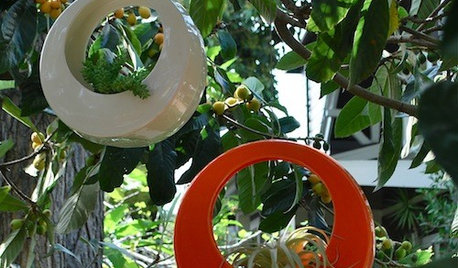
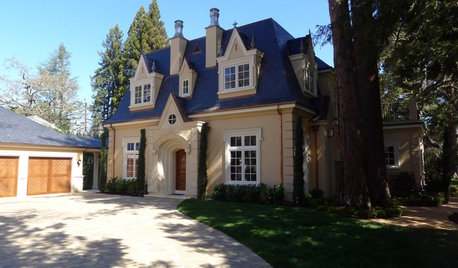


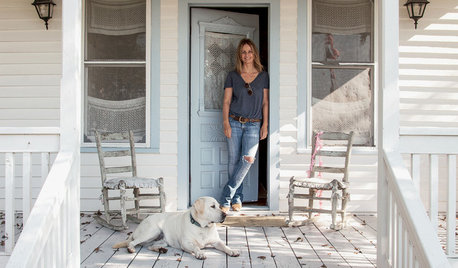
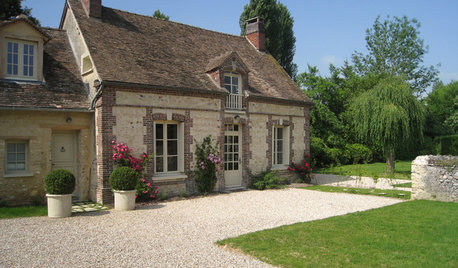
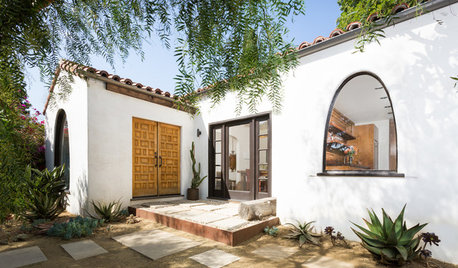





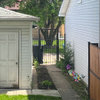
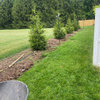
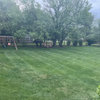

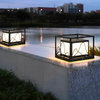
inkognito
woodyoak zone 5 southern Ont., CanadaOriginal Author
Related Discussions
'Secret Santa' Receiving Station Post
Q
Secret Santa 'PICS' Post here
Q
Part III: Now help me with the chairs!
Q
Romantic kitchens?
Q
inkognito
adriennemb2
woodyoak zone 5 southern Ont., CanadaOriginal Author
inkognito
natal
woodyoak zone 5 southern Ont., CanadaOriginal Author
karinl
woodyoak zone 5 southern Ont., CanadaOriginal Author